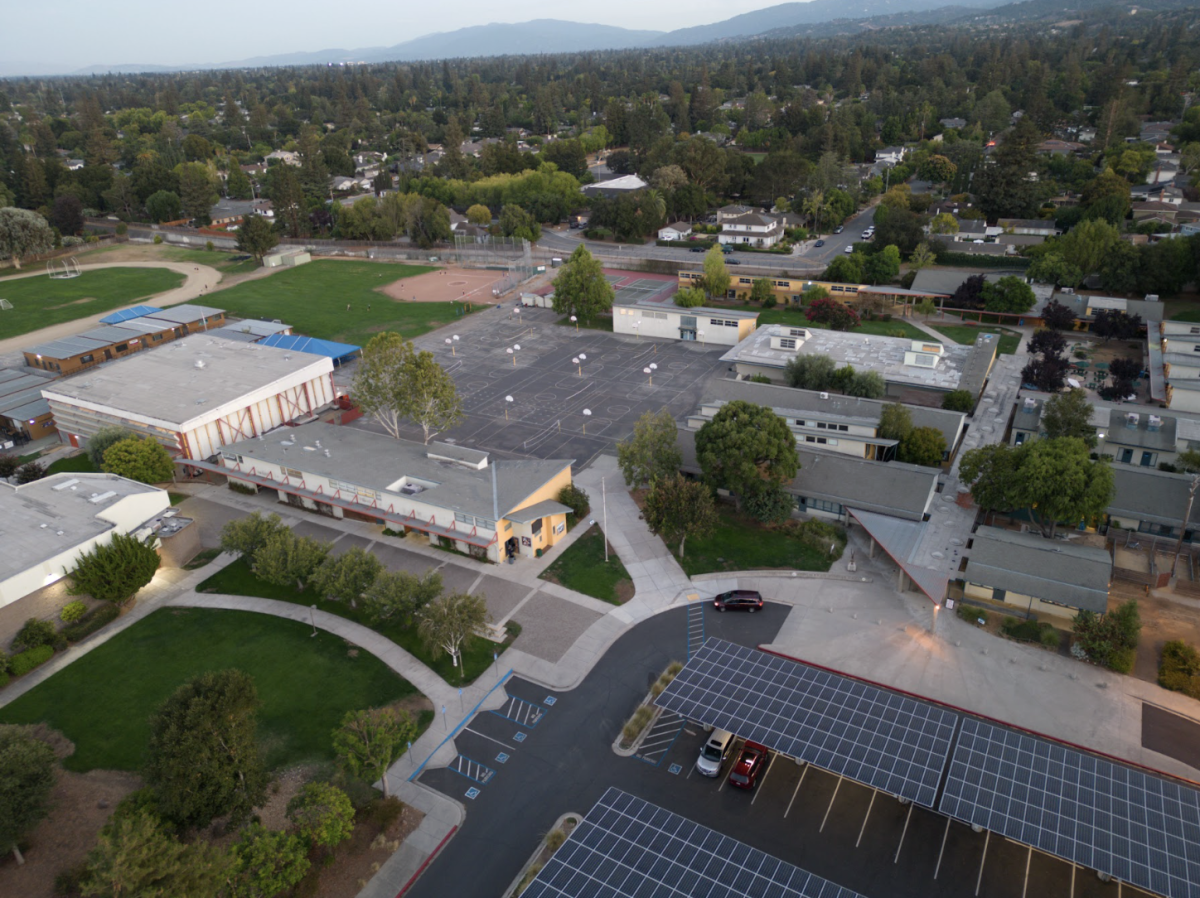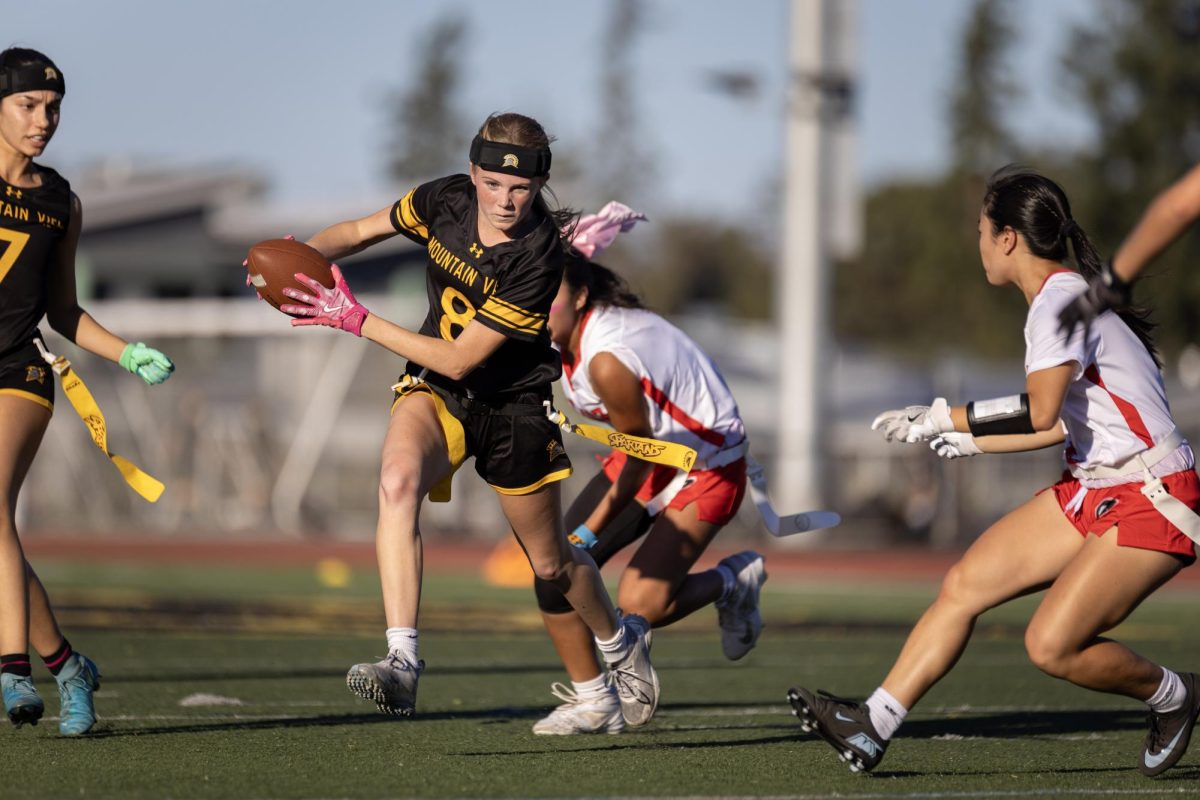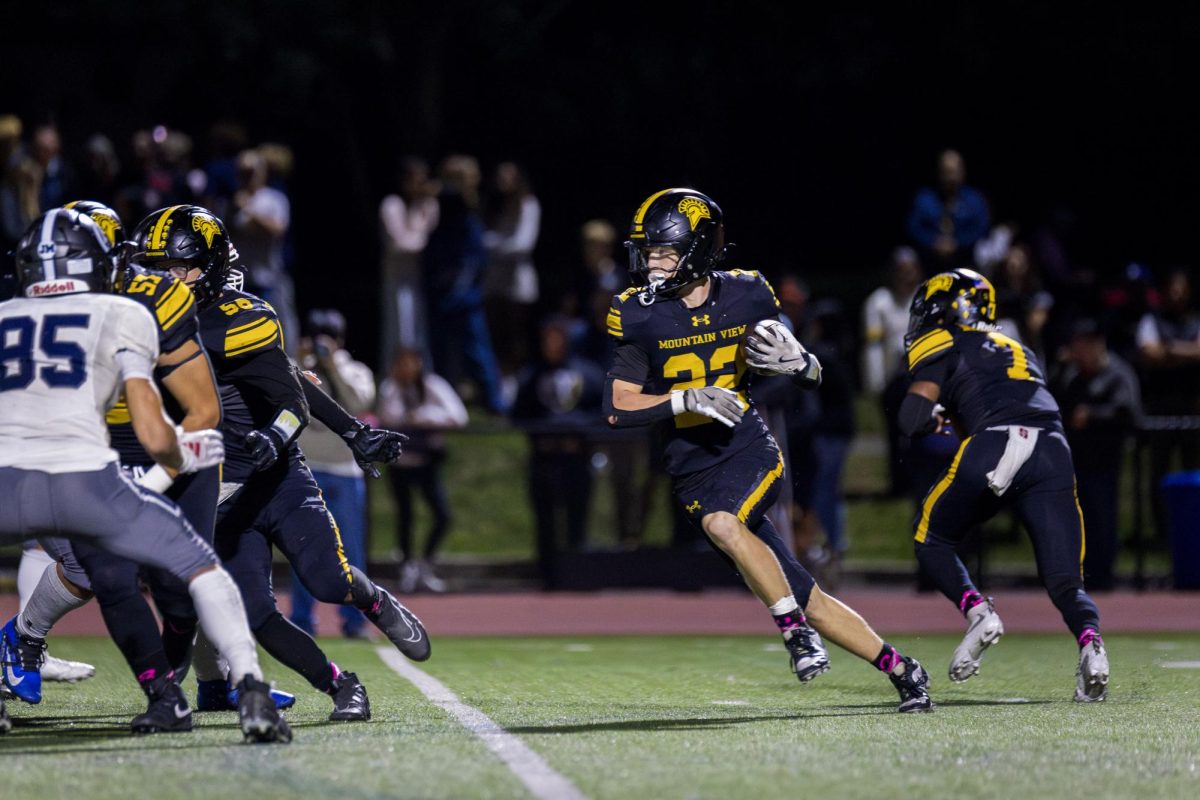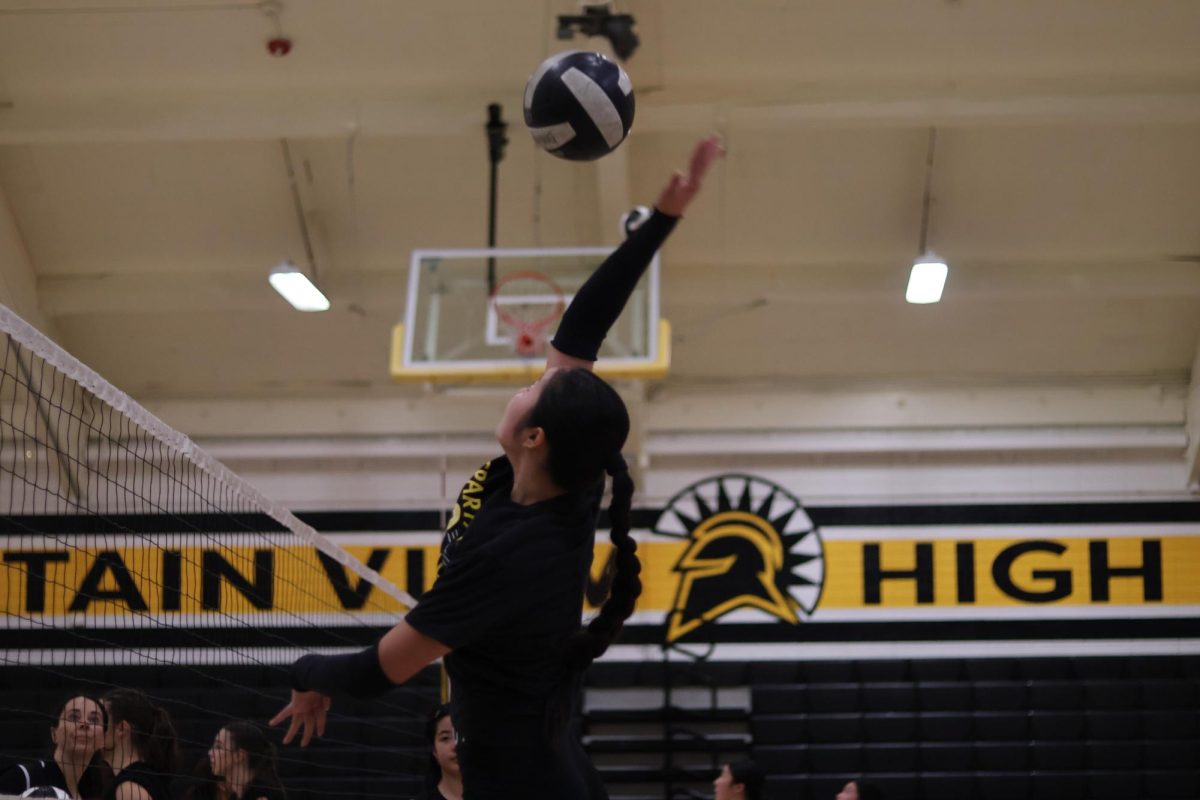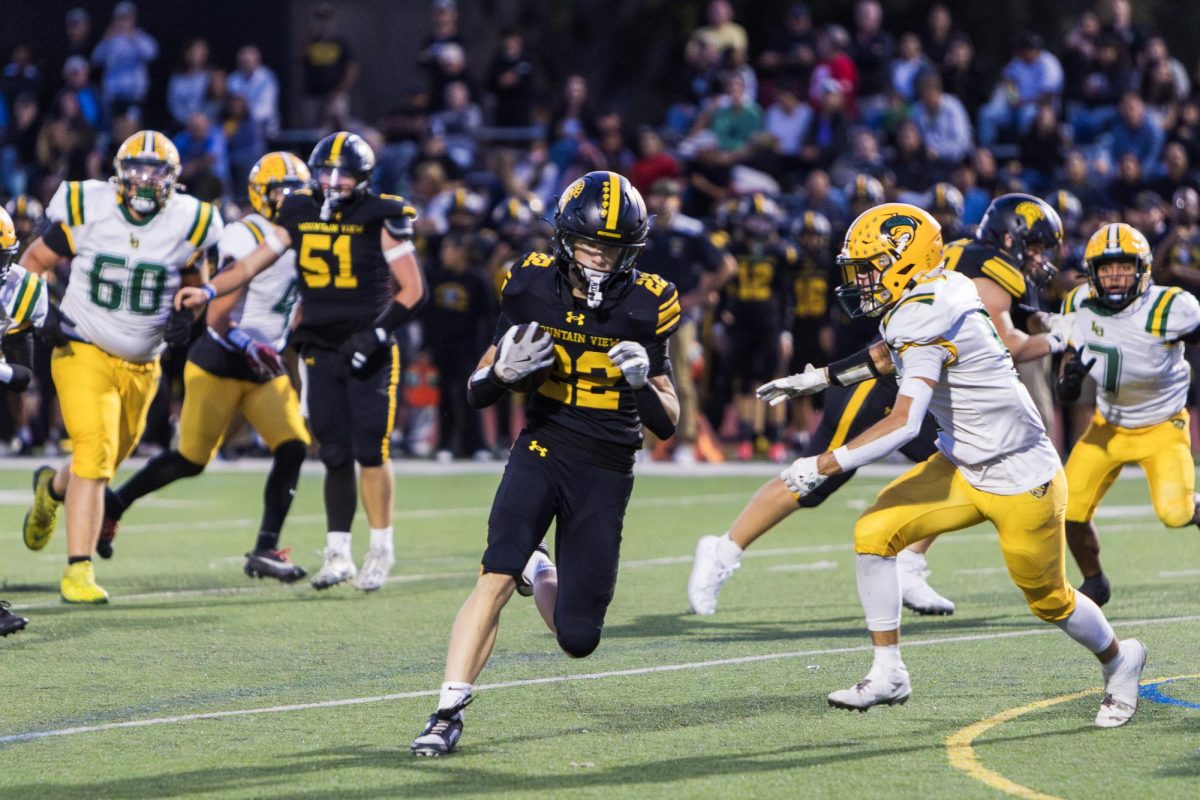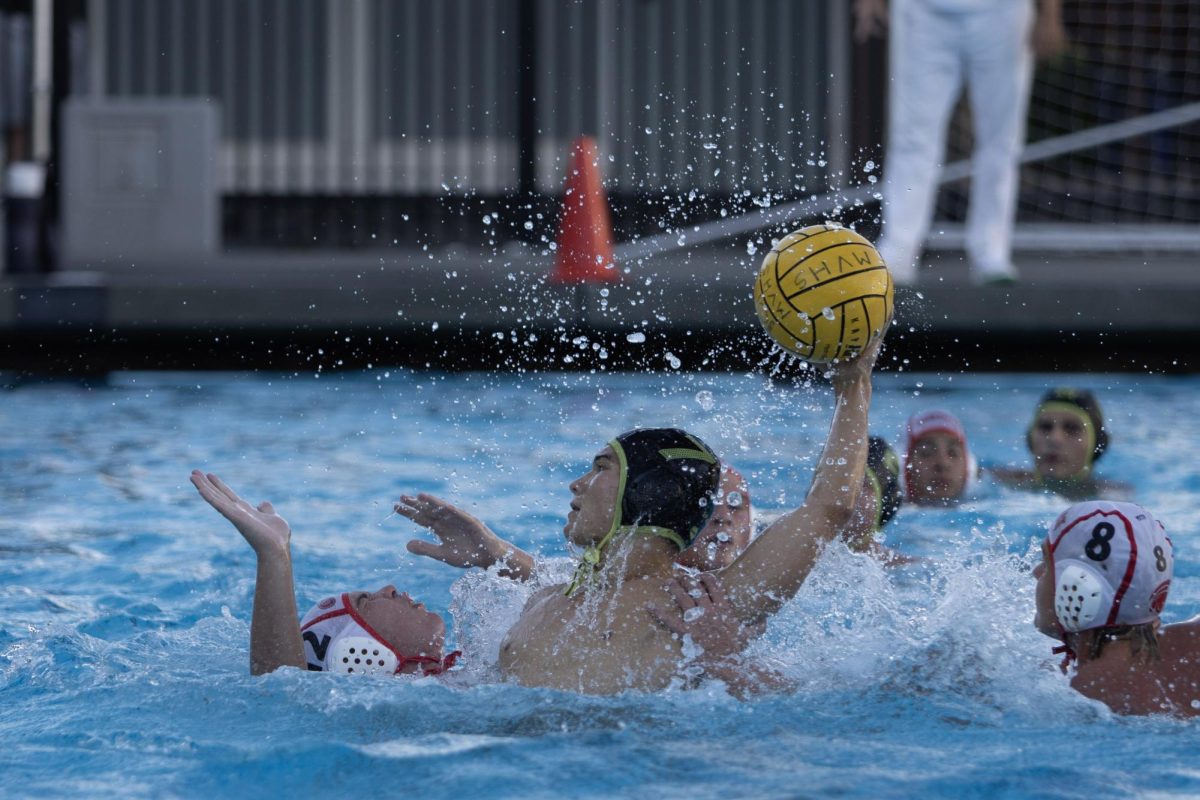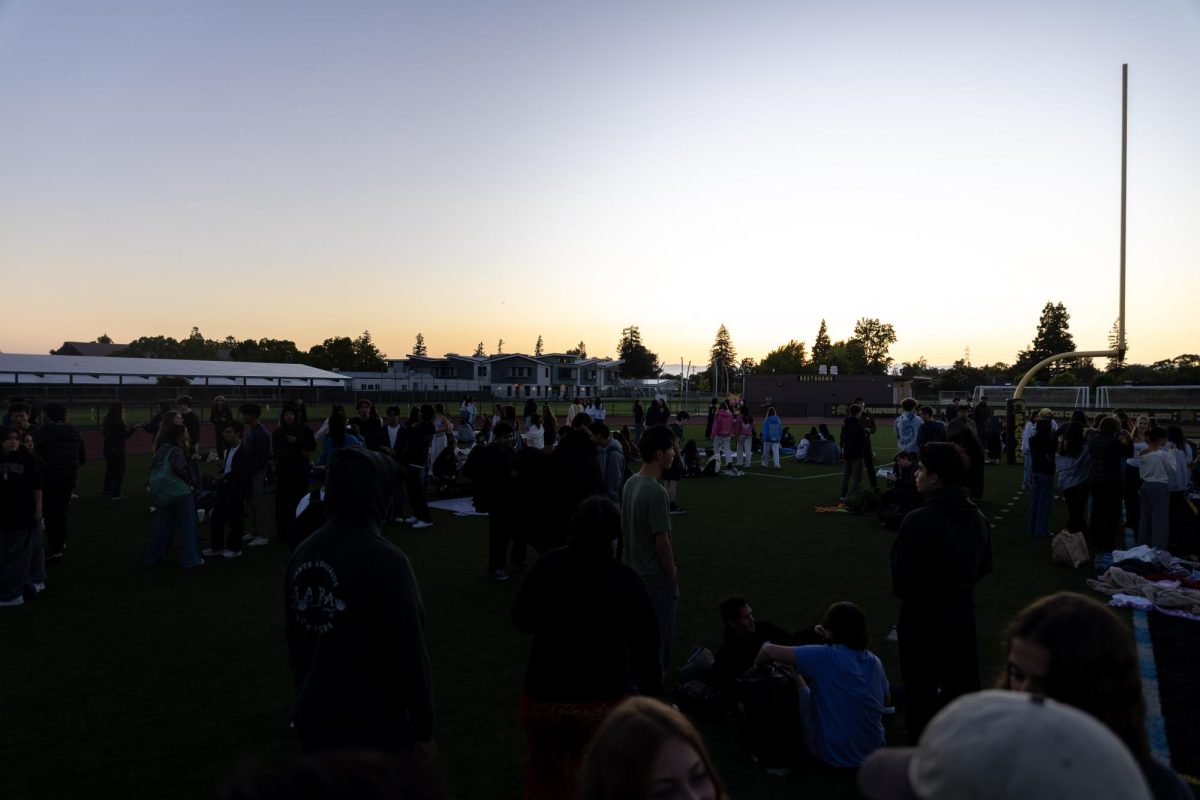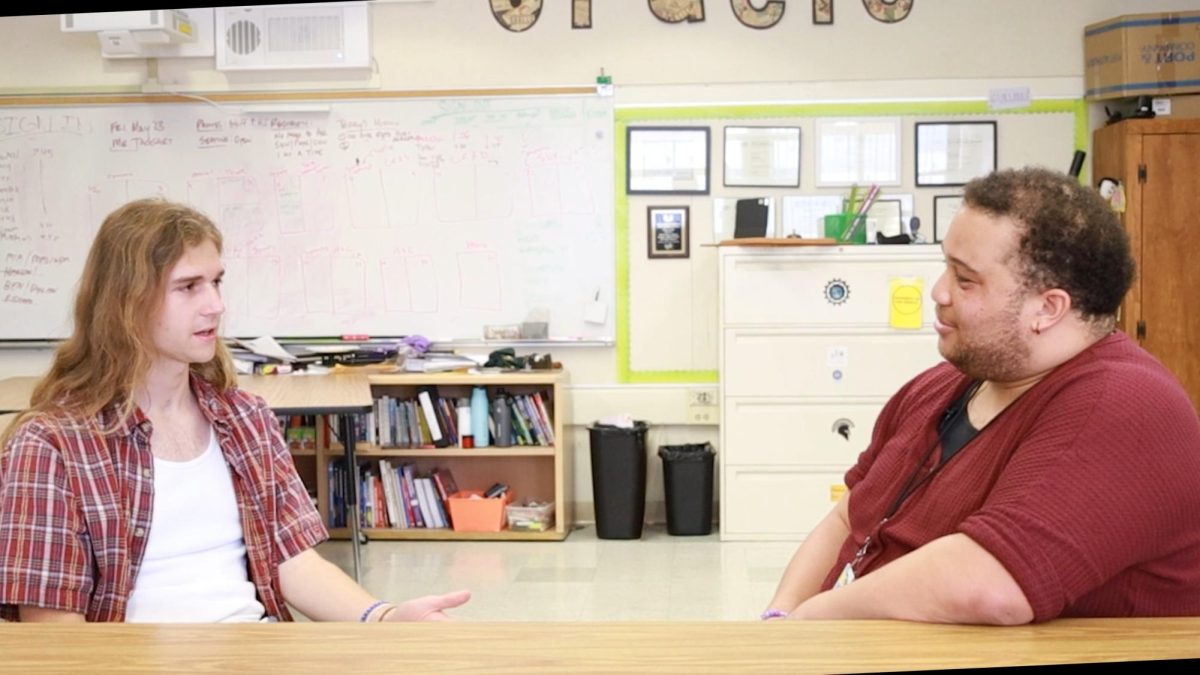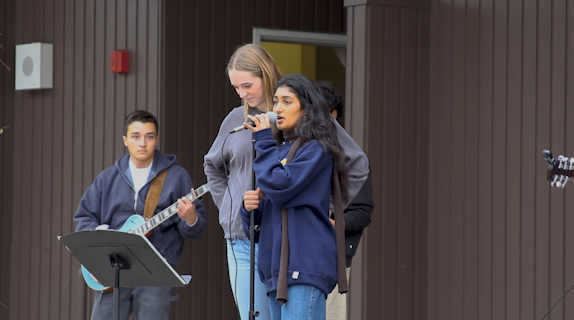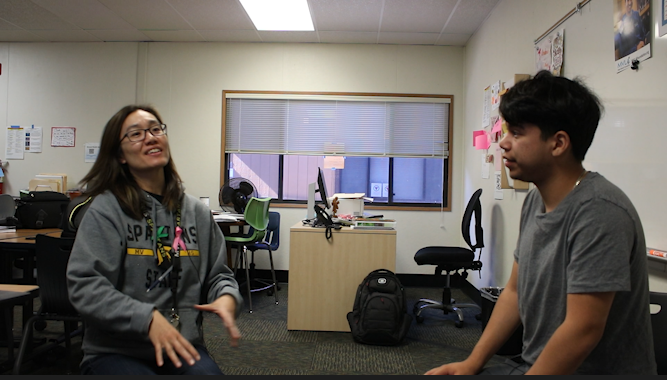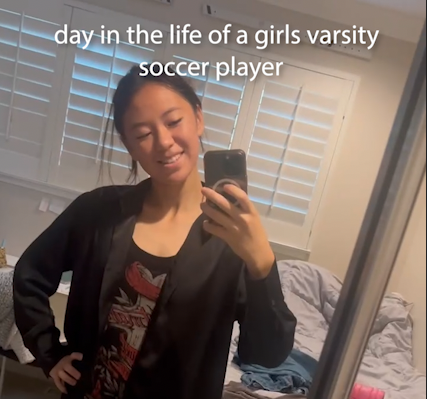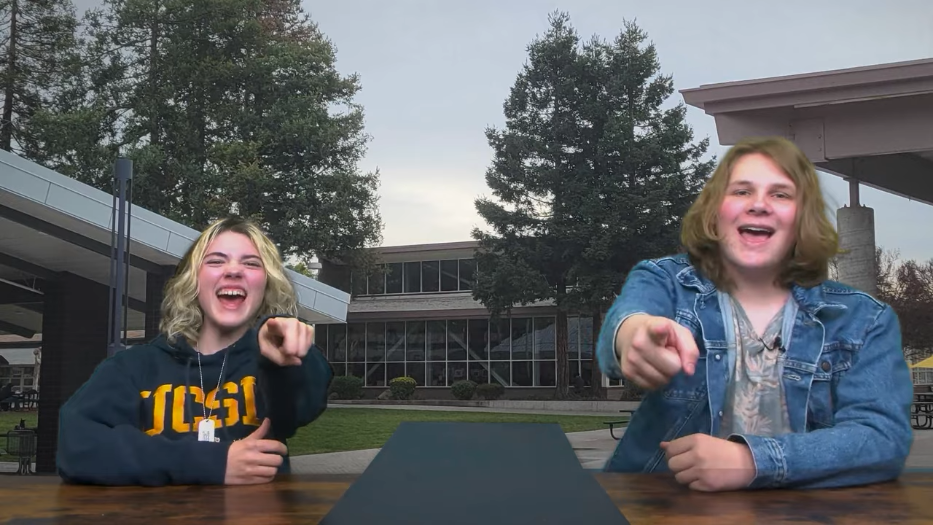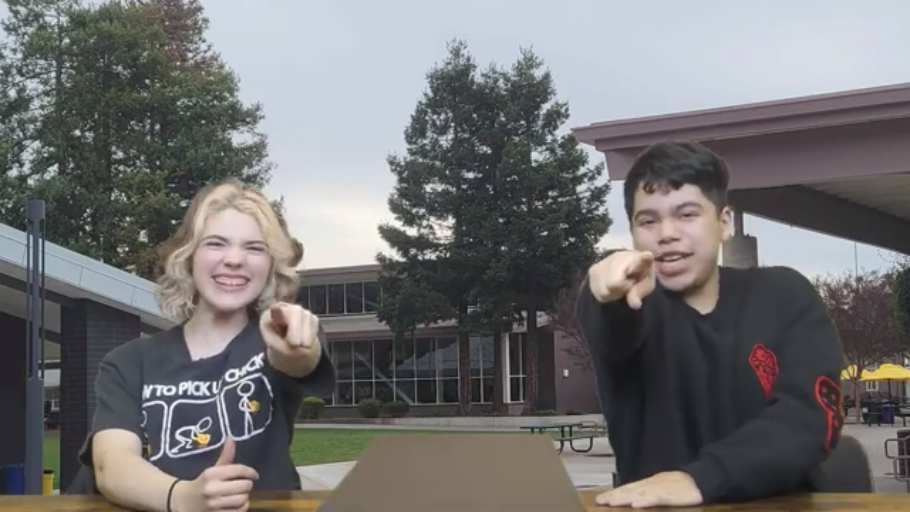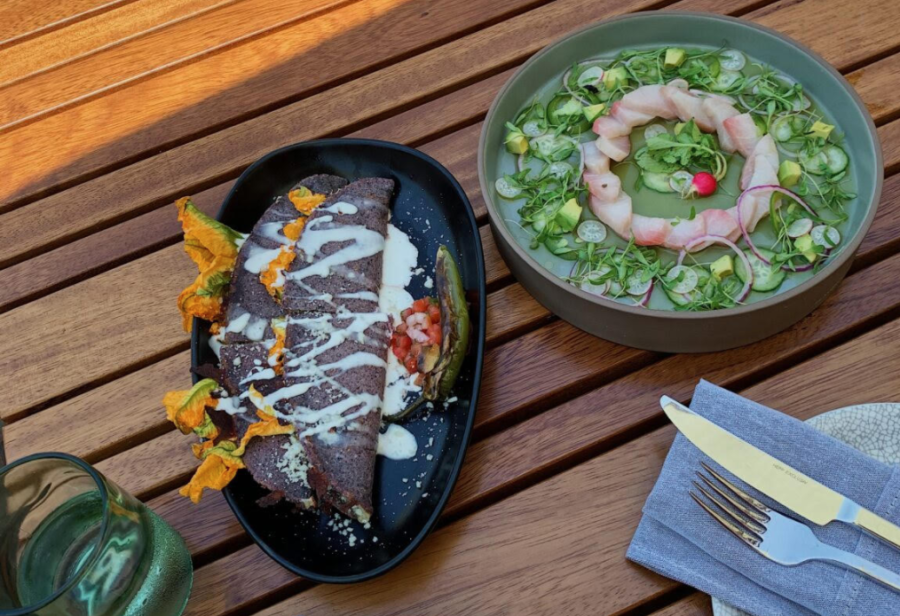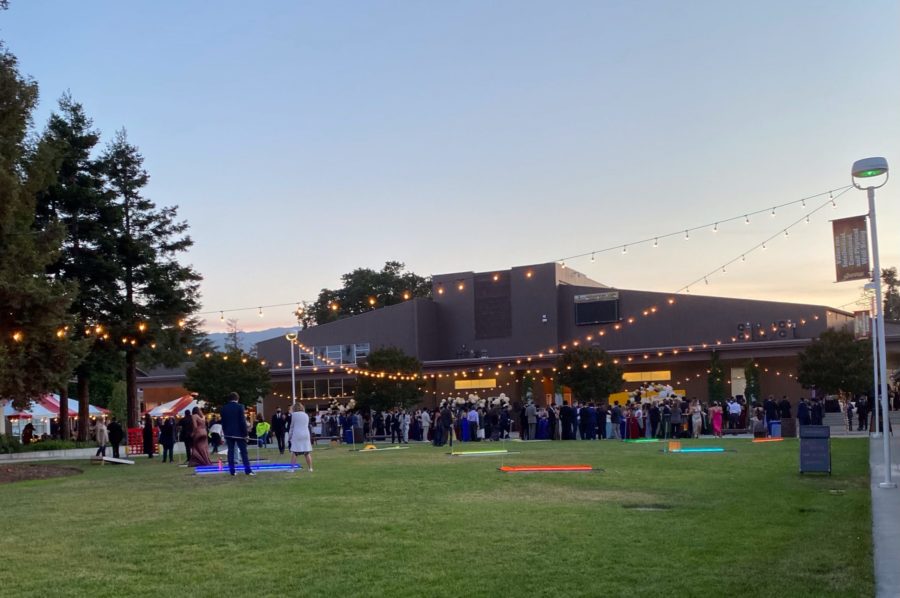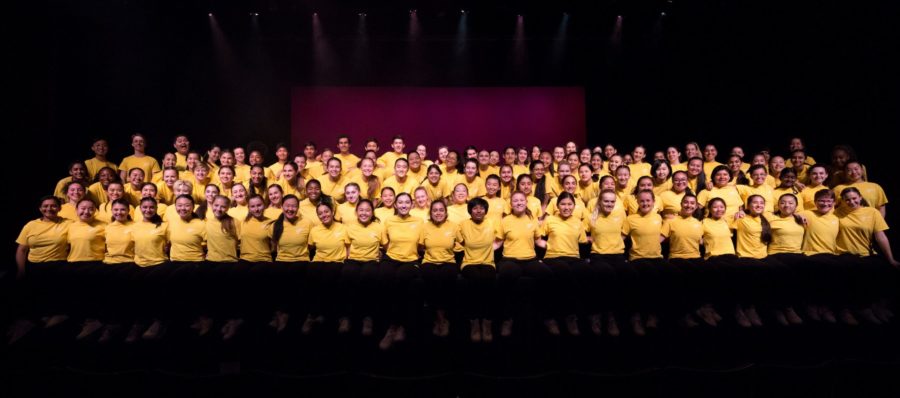This article first appeared in the sixth issue of the 2020-21 volume of the Oracle
Overlaid with special effects and bright music, a series of shots featuring a refreshing, bright pink watermelon juice, decorated with a hand-designed logo and label, blend together to form a compelling commercial.
As the school year comes to an end, seniors attending Freestyle Academy are in the process of working on their last project, called a Zenith Project, such as film student Elisa Fong-Hirschfelder’s watermelon juice advertisement.
Each Zenith Project is based on the passions and skill applications held by the student to whom it belongs. The project is entirely self-directed, with students designing a unique concept, selecting which applications they want to use, and creating their own grading rubric for their project. The only requirement of the project is that it must fall under the elective class that the student is taking.
The Zenith Project is a culmination of students’ art education “applying their own skills that they’ve been learning for the last year and a half,” said Leo Florendo, Digital Media teacher and Head Person of Freestyle.
Depending on which elective class they are taking, students typically spend four to ten weeks working on their project. They are provided time in their corresponding elective courses.
Daniela Shapiro, a design student, has been working on her Zenith Project in collaboration with another design student for one month. Their project is a restaurant “mock-up,” consisting of a menu, logo, brand, and a photo collection of the dishes they are “serving.”
Shapiro began by developing a mood board, which she used as inspiration for her project, including designing a logo on illustrator and creating a menu using InDesign.
The dishes featured in her project are mainly inspired by cultural influences: Shapiro’s Mexican heritage and her partner’s Israeli heritage, and Californian cuisine.
“I wanted to advocate for cooking as an art form… A lot of our recipes are vegetarian or plant-based, and I wanted to show that plant-focused eating can be delicious, accessible, and something [that] people shouldn’t be afraid of,” Shapiro said.
Her cookbook features a fusion of cuisines and consists of various recipes, including pan-fried shakshuka, buñuelos, and black-sugar matcha boba.
“I think [the diversity of recipes] also kind of represents Freestyle and this area as a whole,” Shapiro said. “It’s so diverse in every single way, and we really wanted to represent all of that.”
Fong-Hirschfelder, majoring in film production in college, is designing a commercial for a fake brand of juice, taking inspiration from short visual advertisements and a recent TikTok trend centered around creating homemade product commercials.
Fong-Hirschfelder has been working on her project for about two weeks and has designed her product, a watermelon juice, and logo and label for her imaginary brand.
“[Zenith is] definitely a project that I’m using to explore new things, see what I can do, and challenge myself,” Fong-Hirschfelder said.
The concept of designing a product and shooting a commercial is something she said she hasn’t done before.
“I think I just wanted to play around with special effects mostly because I haven’t tried that very much at Freestyle yet,” Fong-Hirschfelder said.
The pandemic has affected Freestyle students’ abilities and projects to various extents.
“The pandemic has affected both extremes. Some people have done really well, and it’s been incredible. Some people have not done well because they can’t control what is happening to them,” Florendo said.
At the end of the year, instead of displaying her work to everyone in person, students are now recording presentations of their projects.
Typically, students’ Zenith Projects are shown at a big exhibition at the end of the year. However, due to the pandemic, this year’s students’ works will be showcased in early June on the Freestyle website in a virtual gallery instead of an in-person exhibition.
Students work on their Zenith projects during their elective classes and at home. With distance learning, students don’t see each other’s works until the end of the year exhibition.
“While it’s a lot of pressure, it’s also very exciting because it’s a landmark to see how much we’ve improved since our first project in Freestyle to our last project in Freestyle,” Fong-Hirschfelder said. “I think it’ll be really cool to see everyone’s progress.”

